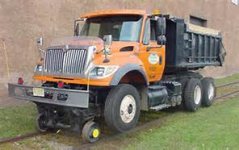That's what I thought I passed parked on the street near the RR station. It looked like a cab off something was being transported on the back of the trailer.
I came out of the station parking lot just as the rear of the trailer started going down the tracks at about a 45 degree angle, with the tractor pushing. There was a little jockeying of the front, then the front rail wheels went down. The tractor was unhitched and the trailer continued down the track under its own power. The trailer driver was in the cab on back and the engine near it was powering the trailer.
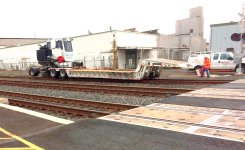
Then the hitch portion lowered till it was flat with the rest of the deck, and the front of the trailer lowered itself till it appeared to be resting on the rails.
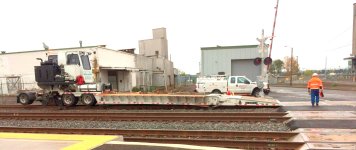
Nothing happened for a bit, then coming slowly through the parking lot was the reason for the trailer.
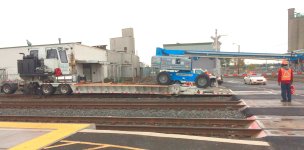
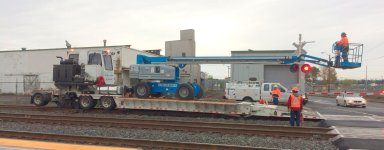
About 200 yards away is the BNSF Columbia River bridge. The name on the equipment is "Bridge Access" so I looked it up.
I wonder what it could be for. :laughing:
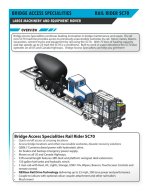
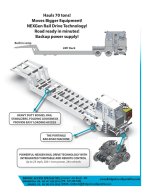
Bruce
I came out of the station parking lot just as the rear of the trailer started going down the tracks at about a 45 degree angle, with the tractor pushing. There was a little jockeying of the front, then the front rail wheels went down. The tractor was unhitched and the trailer continued down the track under its own power. The trailer driver was in the cab on back and the engine near it was powering the trailer.

Then the hitch portion lowered till it was flat with the rest of the deck, and the front of the trailer lowered itself till it appeared to be resting on the rails.

Nothing happened for a bit, then coming slowly through the parking lot was the reason for the trailer.


About 200 yards away is the BNSF Columbia River bridge. The name on the equipment is "Bridge Access" so I looked it up.
I wonder what it could be for. :laughing:


Bruce
